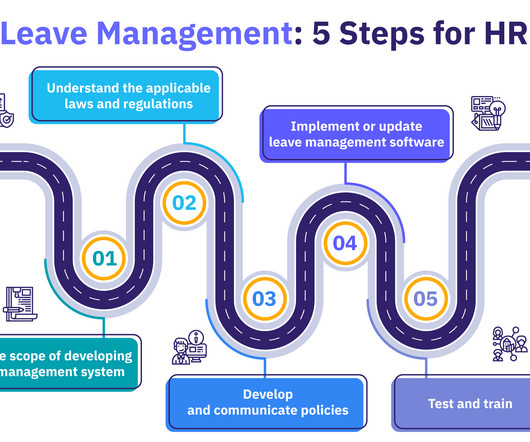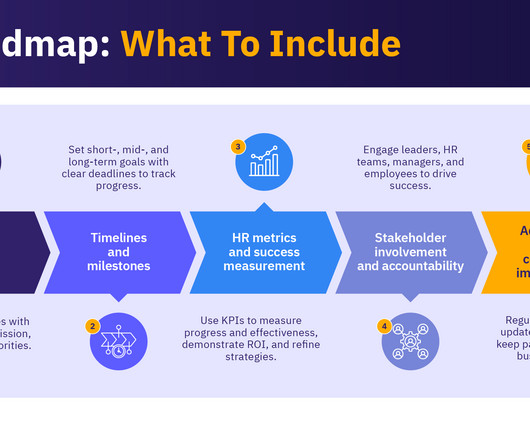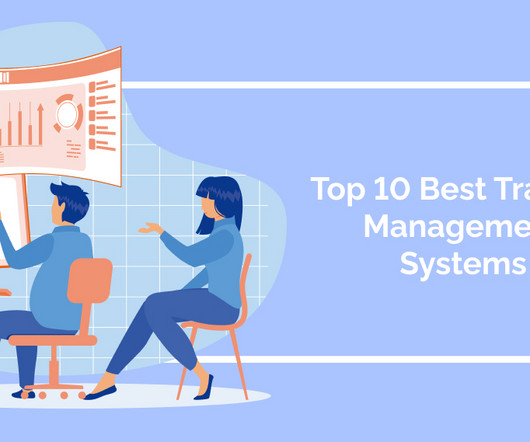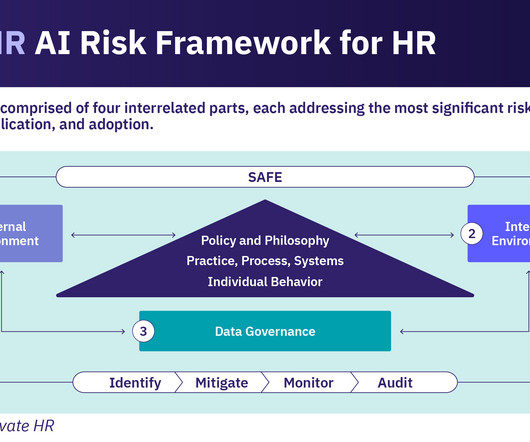Leave Management: Your 101 Guide for 2024
AIHR
FEBRUARY 27, 2024
The ultimate goal of a company’s leave management process is to allow for time off needs while minimizing disruption to the workforce — all while remaining in compliance with applicable laws and regulations. from 2020 to 2026, reaching a staggering USD 0.95 It allows for properly managing staffing levels and legal compliance.












Let's personalize your content